Pollinator strips are on our wish list for a wildlife-friendly garden in 2026 – landscaping experts share tips on how to create an intentional wild space
Support your local ecosystem with this low-maintenance planting style – now's a great time to plan one for 2026


Our backyards have potential for so much more than a patio and a few pretty flowers. As well as extending our living spaces, they can be transformed in ways that benefit our local ecosystem.
In recent years, there's been an uptick in incorporating more sustainable gardening practices and wildlife-friendly features to do exactly that, whether that's by using more native plants or growing lawn alternatives.
If you're looking to apply this approach a little more in your yard next year, now's a great time to plan and prepare. Adding a pollinator strip is a great place to start – a type of planting that supports bees, butterflies, and other pollinators in carrying out their vital task. Not only are they practical, but they can look gorgeous, too, and are easier to look after than you might expect. To find out more, I turned to landscape designers, who share their insights below.
Pollinator strips explained
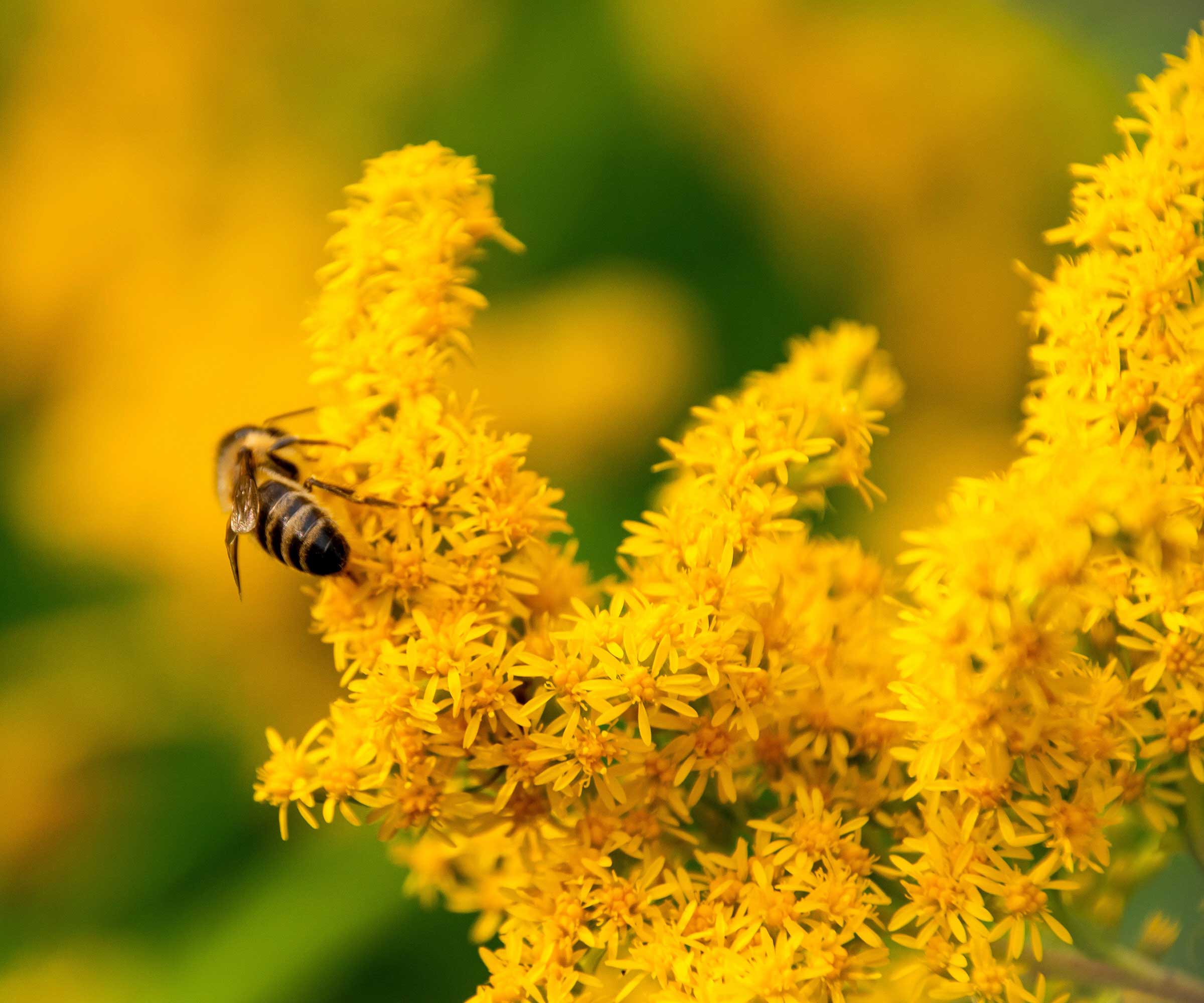
As the name suggests, pollinator strips are strips or small beds filled with plants for pollinators. Megan Bryant, lead horticulturist and landscape designer at Collington, says they are often planted alongside farms and marginal lands, and initially grew in popularity amongst the agricultural community as a way to improve crop yields.
They are replicated in suburban environments in areas known as 'devil’s strips' (also known as 'hellstrips'), Megan says. 'These are the tiny sections of grass between sidewalks and roadways that are often compacted, nutrient-poor zones that are exposed to foot traffic, road salts, and excessive heat from nearby asphalt.
Many ecological gardening collectives have pioneered the re-envisionment of these zones as ideal areas for small pollinator strips to increase local biodiversity.'
While these areas are what brought this planting style into the limelight, Megan highlights how gardeners have become enchanted with the abundance of pollinators they attract, their year-round interest of flowers and seed heads, and their low-maintenance requirements after they have been established. Similarly to planting a wildflower meadow, they can make a beneficial and beautiful addition to a personal outdoor space.
Design expertise in your inbox – from inspiring decorating ideas and beautiful celebrity homes to practical gardening advice and shopping round-ups.
'We think they’re a nice way to play a part in the ecosystem happening in your own backyard,' says Catherine Trudeau and Paul Blanding of The Outside Design Studio, a landscape architecture design firm based in Chicago. 'When done well, they’ll feel intentional and cohesive, and can tie in other areas of the garden.'

Megan Bryant is the lead horticulturist and landscape designer at Collington, a senior living community in Mitchellville, Maryland, and a Kendal Affiliate. She has been a devoted environmentalist throughout her life and has discovered unique ways of combining her artistic abilities and scientific passion through environmental filmmaking and landscape design. Her greatest focus today is creating community and engagement, especially with older adults at Collington, through environmental education and ecologically centered landscape designs.

With more than 15 years of experience designing landscapes, Catherine Trudeau blends artistry and horticulture while working closely with the unique needs of homeowners, builders, and developers to transform outdoor spaces. Driven by her innate love for plant life, Catherine dedicated her early career to residential landscape and retail, and later earned her Master's of Landscape Architecture degree from the College of Architecture at the Illinois Institute of Technology.
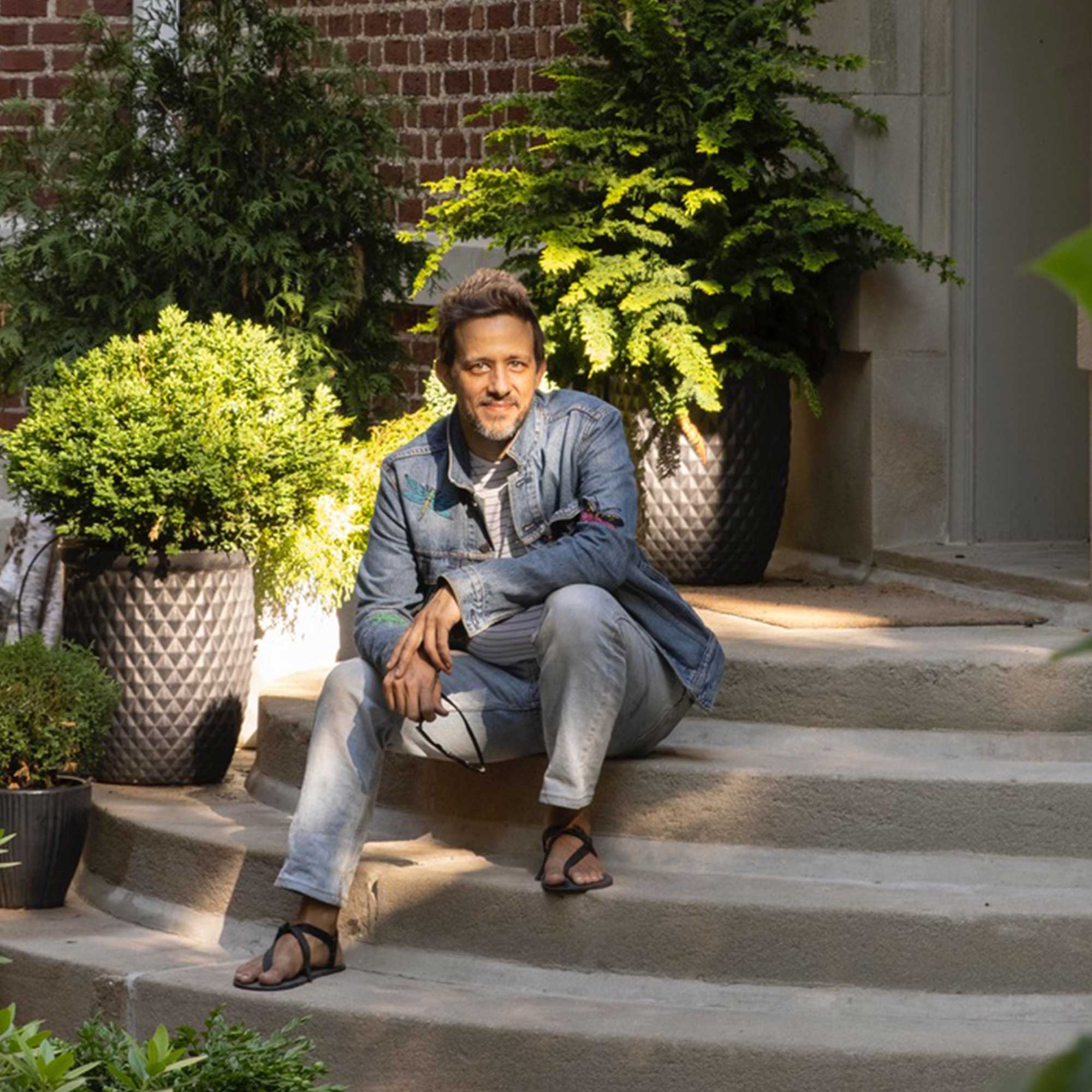
Paul has been designing landscapes for more than 15 years, also earning his Master's of Landscape Architecture at IIT. Prior to forming The Outside Design Studio with Catherine, Paul specialized in commercial and residential landscape design, where he worked on public plazas in downtown Chicago, private gardens in Hawaii, airports in the UAE, and many others.
Plants for a pollinator strip
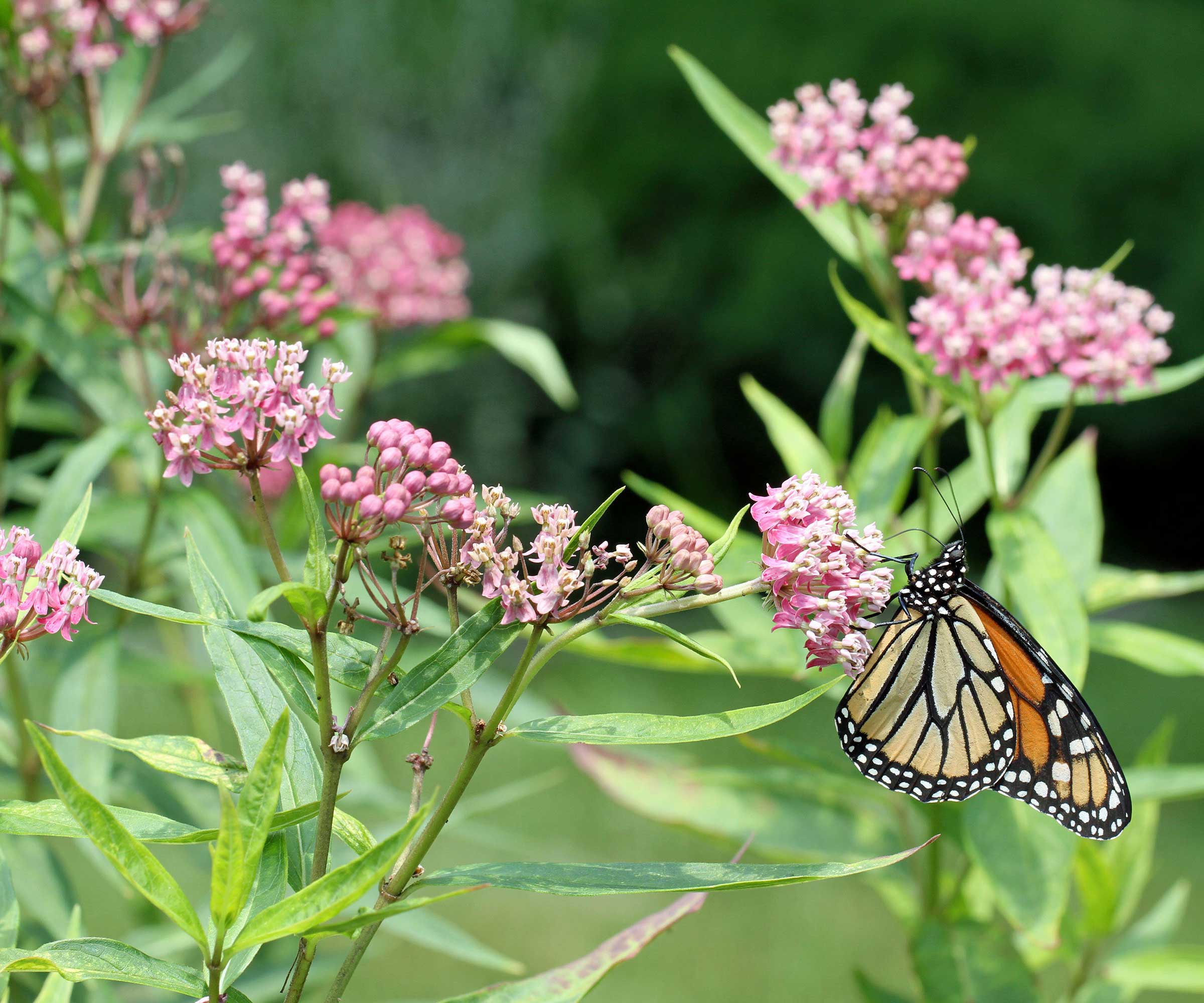
'Many strips begin with gallon- or plug-sized starter plants, but annual and perennial seeds are often interspersed and can continue to be incorporated as the garden evolves,' says Megan.
The species used are inspired by native prairie plant palettes, she continues, listing goldenrod (Solidago spp.), wild bergamot (Monarda fistulosa), and clustered mountain mint (Pycnanthemum muticum) as examples.
Paul and Catherine note how they prioritize plants that are attractive food sources to both local insects and birds, and add that plants that bloom sequentially are also an important consideration for pollinator strips, so you can continue to provide flowers from spring through fall.
'In the Midwest region, we love echinacea, ajuga, rudbeckia, allium, coreopsis, asclepias, and anemone,' they list. 'Trees and shrubs are great as well, like hawthorn, serviceberry, weigela, and lilacs.'
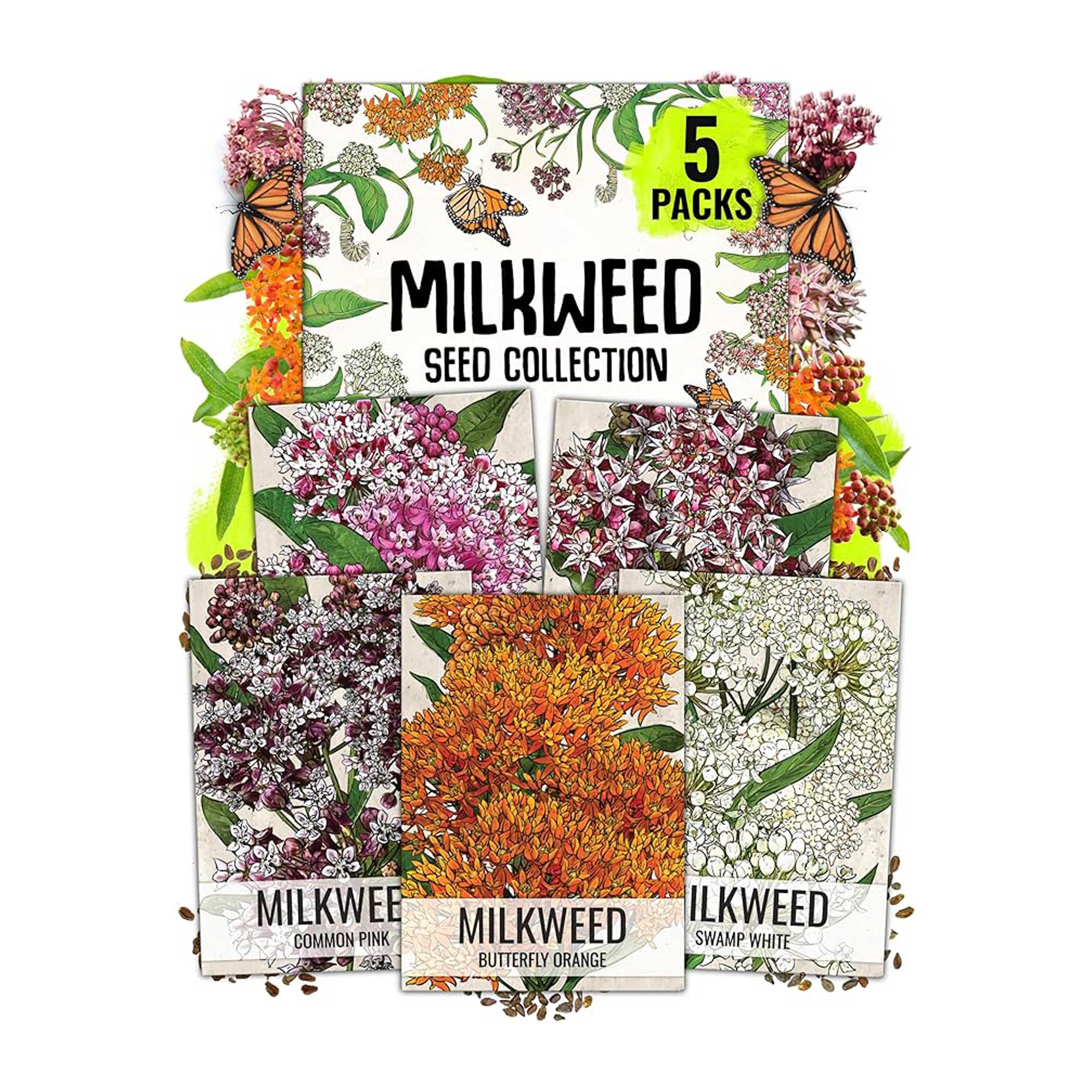
Milkweeds (asclepias) are great for pollinators, and this seed collection gives you a variety of different types, including pink swamp milkweed and orange butterfly milkweed.
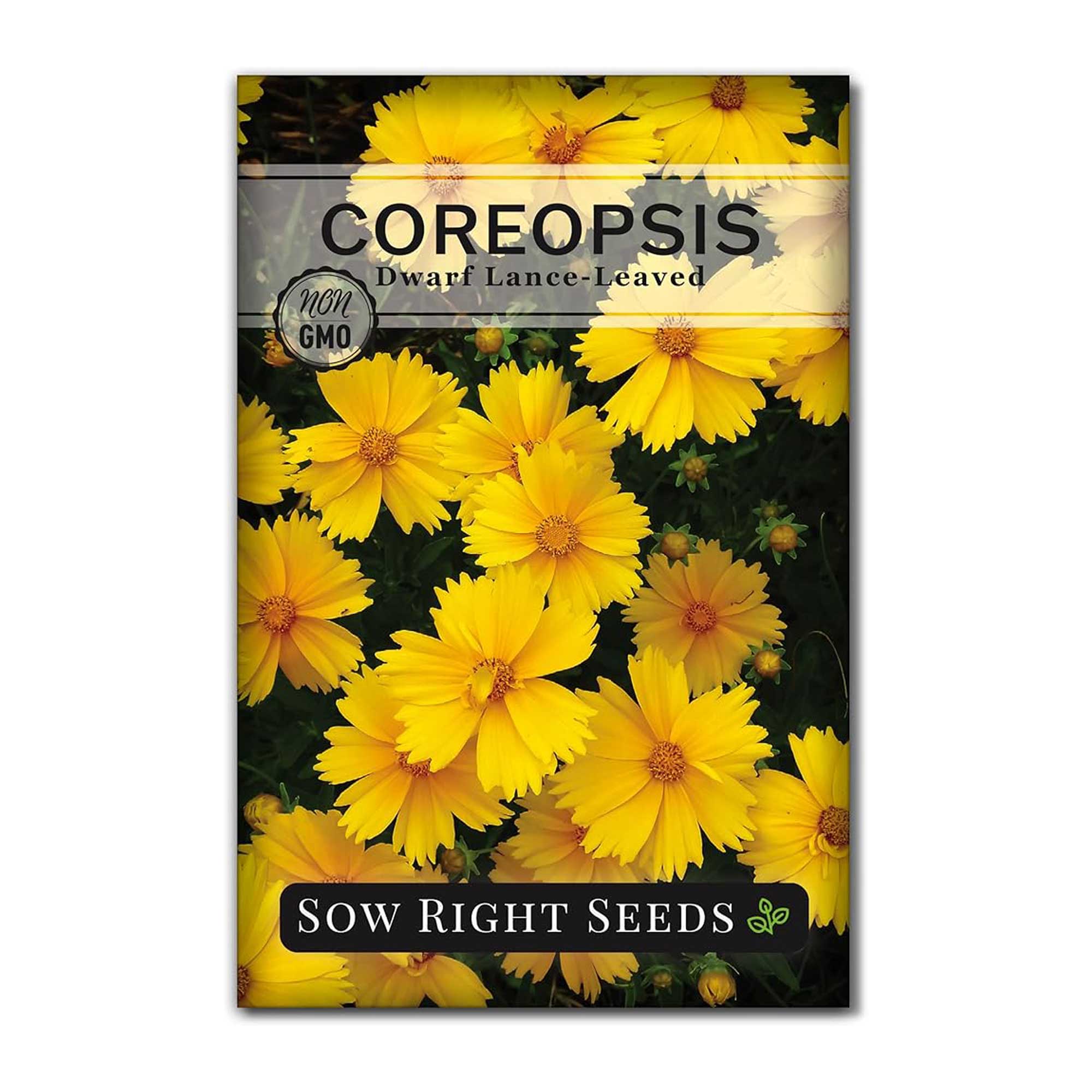
Enjoy dwarf lance-leaved coreopsis, a sunny-yellow perennial, year after year in your pollinator strip by planting these well-rated seeds.
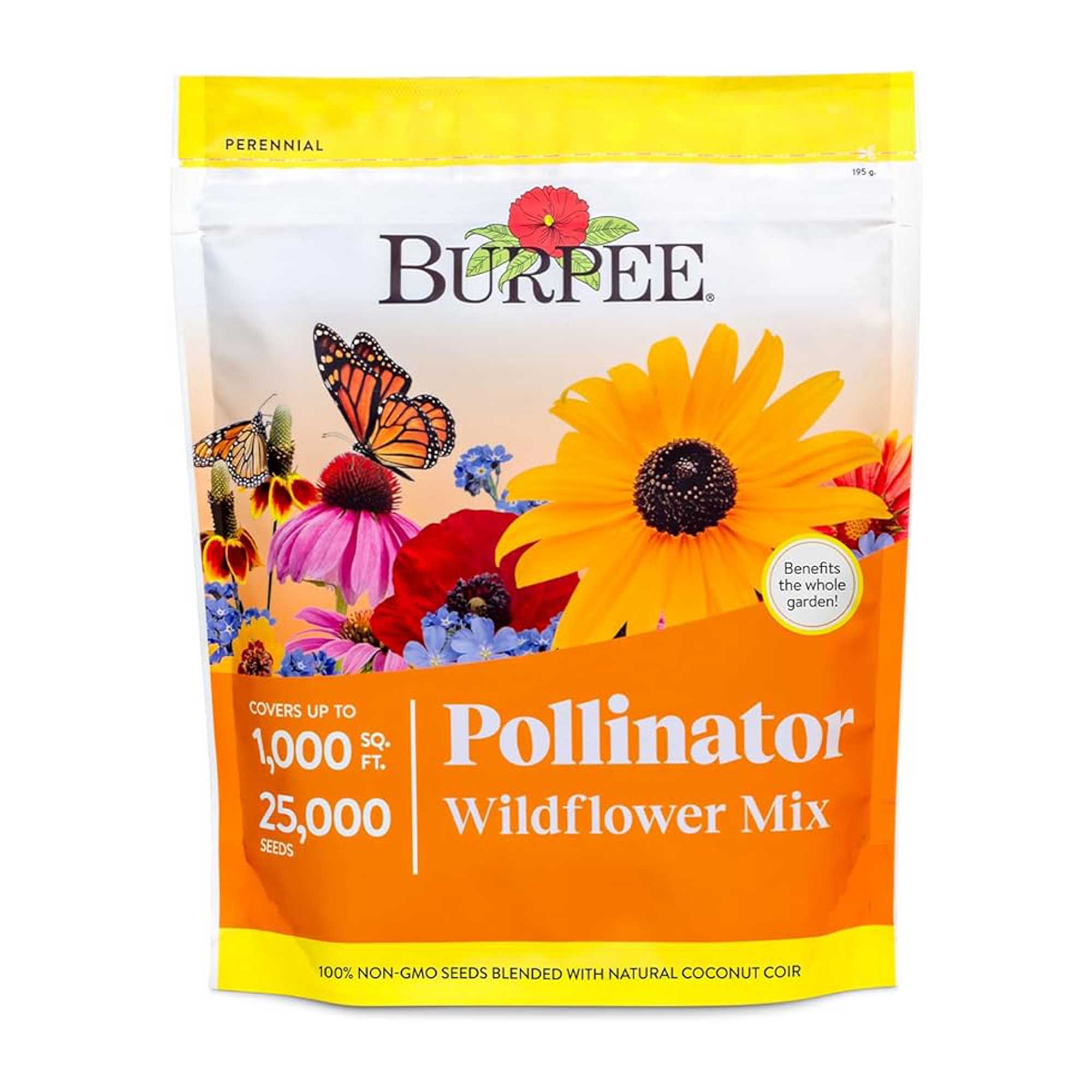
Lots of space available for a pollinator strip? Opt for this bulk bag of wildflower seeds, which includes 18 varieties and covers up to 1,000 square feet.
FAQs
Do pollinator strips require maintenance?
Pollinator strips are great for time-poor gardeners as they don't require much upkeep.
'Though they need initial watering after planting, the species used in these designs are adapted to dry, compacted soil conditions and do best when left to their own devices,' assures Megan. 'Their biggest maintenance requirement is weed control, so it is beneficial to learn more about the common noxious weeds in your garden area and how to properly maintain them,' she adds.
Be sure to leave seed heads intact throughout winter. As Catherine and Paul point out, they are critical as food sources for birds. Plus, they can add architectural interest to the garden.
Where is a good position for a pollinator strip in a backyard?
Megan says pollinator strips can look different for every gardener; 'they can take up large swaths of open acreage or inhabit an area as tiny as the front patch of grass where your mailbox lives.
'The goal is to discover where one of these unique gardens could most benefit you,' she continues. For instance, if you are looking to invite more avian activity into your yard for birdwatching, she suggests planting a strip outside of your sunroom window.
One thing to remember is that many prairie plants need plenty of sun and well-draining soil, so ensure conditions are optimal for success. And, while a natural, organic look is generally desirable, consider ways to integrate it with the rest of your backyard design.
'A good garden should always have good bones, but in the case of pollinator strips, the organization of the garden needs to be even more apparent,' says Paul and Catherine. 'We recommend prioritizing a space where the strip can be framed with hardscape or structural forms like boxwood. As we learned in our landscape architectural program, "messy systems require neat frames".'
While plenty of flower bed trends for 2026 are tempting to try, pollinator strips are worth putting on the shortlist to give nature an extra helping hand. And don't forget, there are other ways to support pollinators in your garden, too, such as providing a bee watering station and avoiding some types of plants.
Even certain fence colors are said to help attract pollinators – something to bear in mind if you're planning a fresh coat of paint.
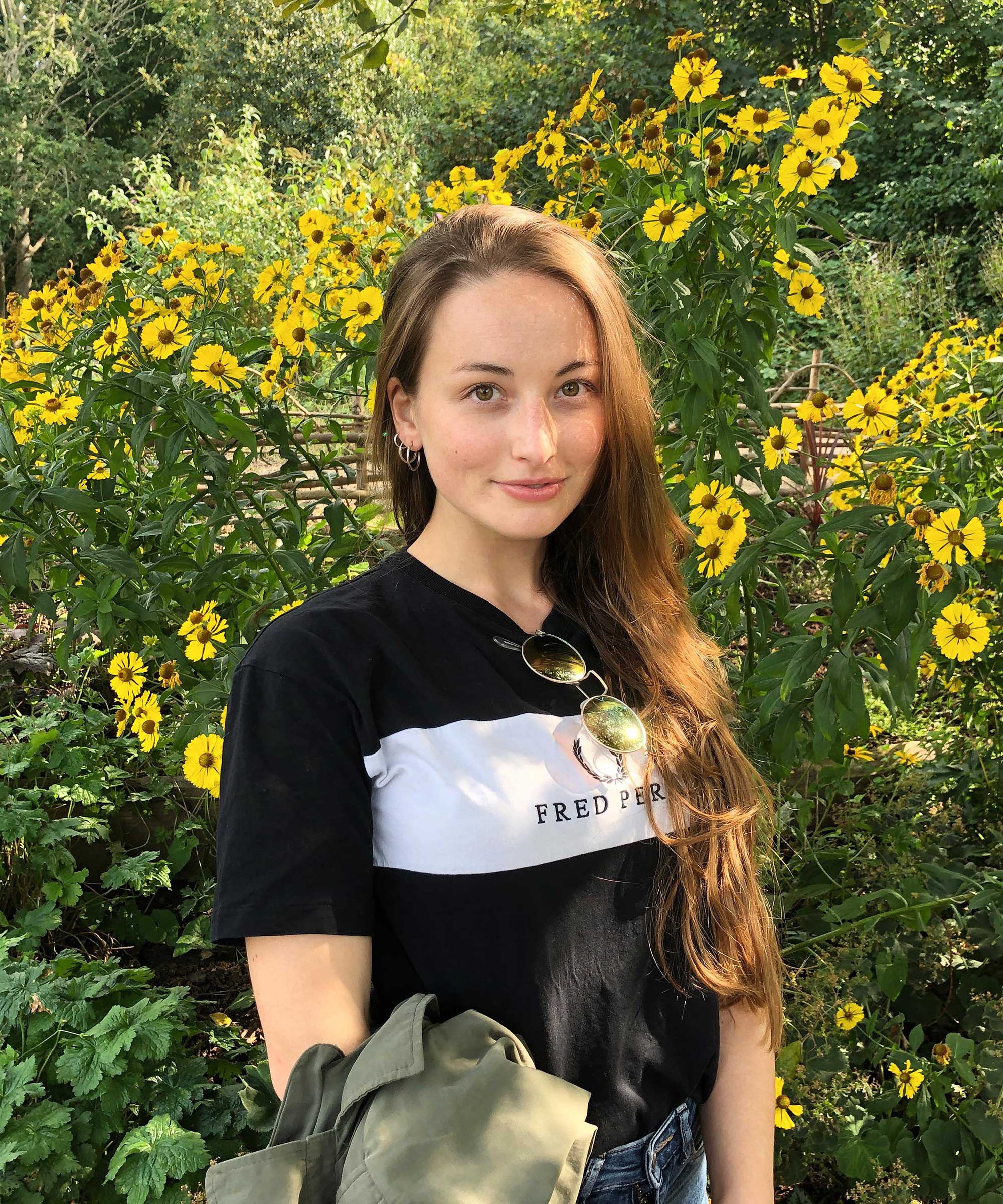
Holly started writing about gardening five years ago, and she is a regular contributor to Homes & Gardens. She has also written many gardening features for Woman & Home and Real Homes, too. She has previous experience as a professional gardener, where she helped to plant and maintain private gardens. Holly has also looked after allotment plots over the years and loves to grow her own flowers and veggies from seed. In her spare time, she enjoys visiting local gardens, botanical drawing, and tending to her ever-growing collection of houseplants.
You must confirm your public display name before commenting
Please logout and then login again, you will then be prompted to enter your display name.